2017 NYIAS: Honda Builds the Clarity Into a Family

Honda primarily uses the Clarity to prove its faith in the future of hydrogen-powered vehicles, but it doesn’t sell very many of the fuel-cell equipped cars — and those that are on the road are limited to the California coast. As one of the few hydrogen offerings in North America, the Clarity has broadened its role to encompass any form of alternative fueling. Wednesday at the 2017 New York Auto Show, Honda shed more light on the hydrogen-free EV variant of the Clarity, as well as its new plug-in hybrid.
That ought to boost Clarity sales to previously unfathomable levels. Honda is setting a U.S. target of 75,000 units over the first four years, a quadrupling of the company’s current electrified vehicle output. However, that’s a drop in the bucket compared to its EV sales goal of two-thirds of all light vehicle deliveries by 2030.
Honda claims the plug-in hybrid variant should be capable of 42 miles of electric-only driving range and a 330-mile extended range when combined with the 1.5-liter Atkinson cycle four-cylinder. The company wants to be clear that the Clarity plug-in is not an electric with a range-extending generator but a two-motor system that it hopes to roll out to the majority of its lineup in the years to come. While it didn’t name specific models, it indicated that dual-motor propulsion will become the new norm — stopping just shy of claiming that “the H in Honda now officially stands for hybrid.”
In the plug-in variant, electric propulsion comes from a 181-horsepower electric motor coupled to a 17 kilowatt-hour battery pack. Honda says it can achieve full recharge at a 240 volt plug in around 2.5 hours.
The setup sounds very similar to the Hyundai Ionic — a single model with three different options for electrification, and all for under $35,000 — although Honda hasn’t given any specific pricing yet. Both seem to be reaching for the same benchmarks and consumers. Honda even mentioned how the Clarity was implementing sustainable materials in the construction of its interior; that was a central theme in Hyundai’s presentation of the Ionic, too.
While Honda specifically said it wants to focus on hybrids, it is also offering the Clarity Electric as part of an effort to appeal to what it calls “EV purists.” The company estimates an 80-mile change, even with a passenger in all five of the seats. That’s not going to break any records, but it provides a usable range for the daily commute.
The pure EV is powered by 161 hp electric motor drawing from a 25.5 kilowatt-hour battery pack. Full recharge time at 240 volts will be just over 3 hours, but it also features faster DC charging, which can achieve an 80-percent charge in 30 minutes.
[Image: Honda]

A staunch consumer advocate tracking industry trends and regulation. Before joining TTAC, Matt spent a decade working for marketing and research firms based in NYC. Clients included several of the world’s largest automakers, global tire brands, and aftermarket part suppliers. Dissatisfied with the corporate world and resentful of having to wear suits everyday, he pivoted to writing about cars. Since then, that man has become an ardent supporter of the right-to-repair movement, been interviewed on the auto industry by national radio broadcasts, driven more rental cars than anyone ever should, participated in amateur rallying events, and received the requisite minimum training as sanctioned by the SCCA. Handy with a wrench, Matt grew up surrounded by Detroit auto workers and managed to get a pizza delivery job before he was legally eligible. He later found himself driving box trucks through Manhattan, guaranteeing future sympathy for actual truckers. He continues to conduct research pertaining to the automotive sector as an independent contractor and has since moved back to his native Michigan, closer to where the cars are born. A contrarian, Matt claims to prefer understeer — stating that front and all-wheel drive vehicles cater best to his driving style.
More by Matt Posky
Latest Car Reviews
Read moreLatest Product Reviews
Read moreRecent Comments
- ShitHead It kicked on one time for me when a car abruptly turned into my lane. Worked as advertised. I was already about to lean into the brake as I was into the horn.
- Theflyersfan I look at that front and I have to believe that BMW and Genesis designers look at that and go "wow...that's a little much." Rest of the car looks really good - they nailed the evolution of the previous design quite well. They didn't have to reinvent the wheel - when people want a Mustang, I don't think they are going to cross-shop because they know what they want.
- Theflyersfan Winters go on around Halloween and Summers go on in late March or early April. However, there were some very cold mornings right after the summers went on that had me skidding a bit due to no grip! I do enough (ahem) spirited driving on empty hilly/mountain roads to justify a set of sticky rubber, and winters are a must as while there isn't much snow where I am (three dustings of snow this entire winter), I head to areas that get a bit more snow and winter tires turns that light, RWD car into a snow beast!
- SCE to AUX My B5.5 was terrible, but maybe the bugs have been worked out of this one.
- Zerofoo 5-valve 1.8T - and OK engine if you aren't in a hurry. These turbocharged engines had lots of lag - and the automatic transmission didn't help.Count on putting a timing belt on this immediately. The timing belt service interval, officially, was 100,000 miles and many didn't make it to that.
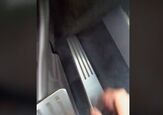
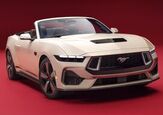

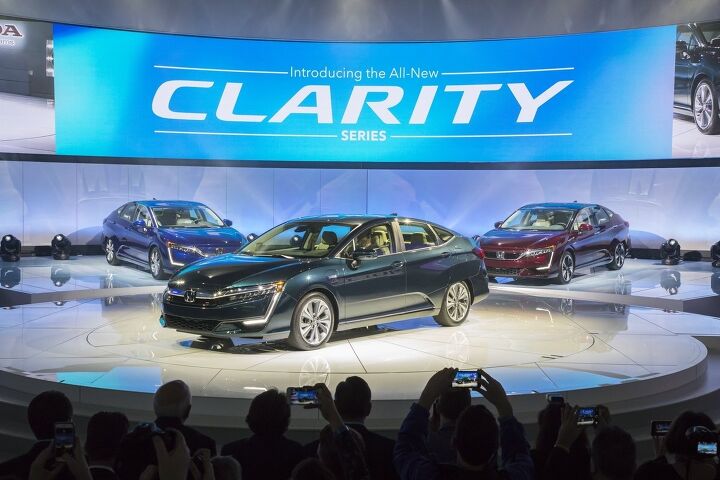





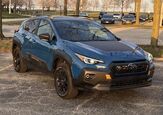







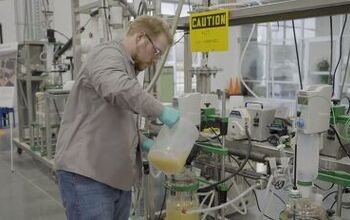
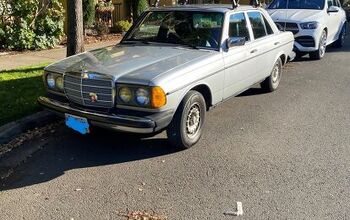
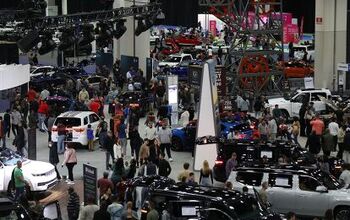
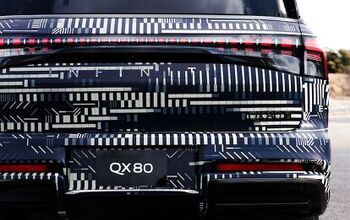
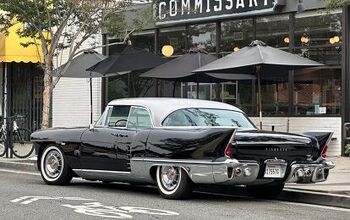
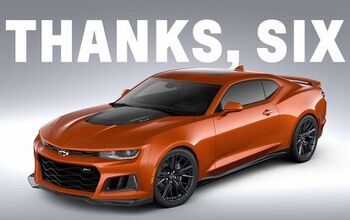

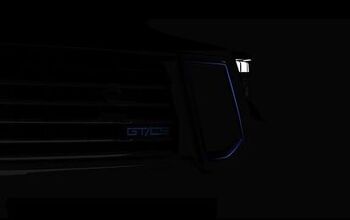
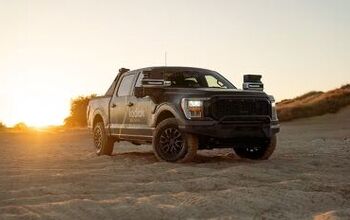
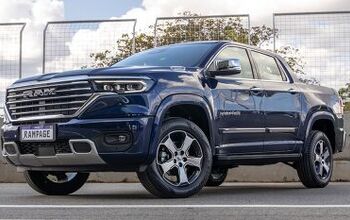

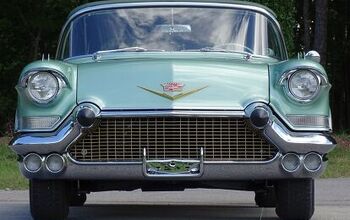
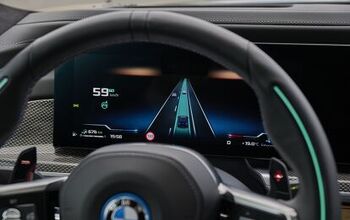
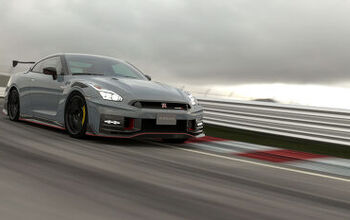
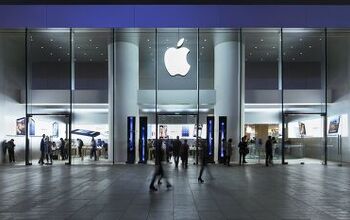
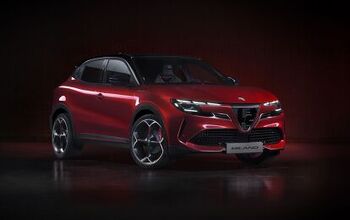
Comments
Join the conversation
The pucker sides make it look like it's trying to hold it in until it can find a restroom. New Hondas (and so many others) are overstyled to beyond the point of ugliness. The shark just keeps getting jumped. Audi and VW would be good examples of clean, timeless styling (that's their strong suit). Hey, Honda, relax, keep it simple (to coin a phrase), and focus on your traditionally strong suits: engineering, quality, ergonomics, fuel economy and comfort.
Hydrogen is such a scam, around 90% of it is made from natural gas. I guess I can't blame car companies for taking advantage of stupid bureaucrats and their subsidies.